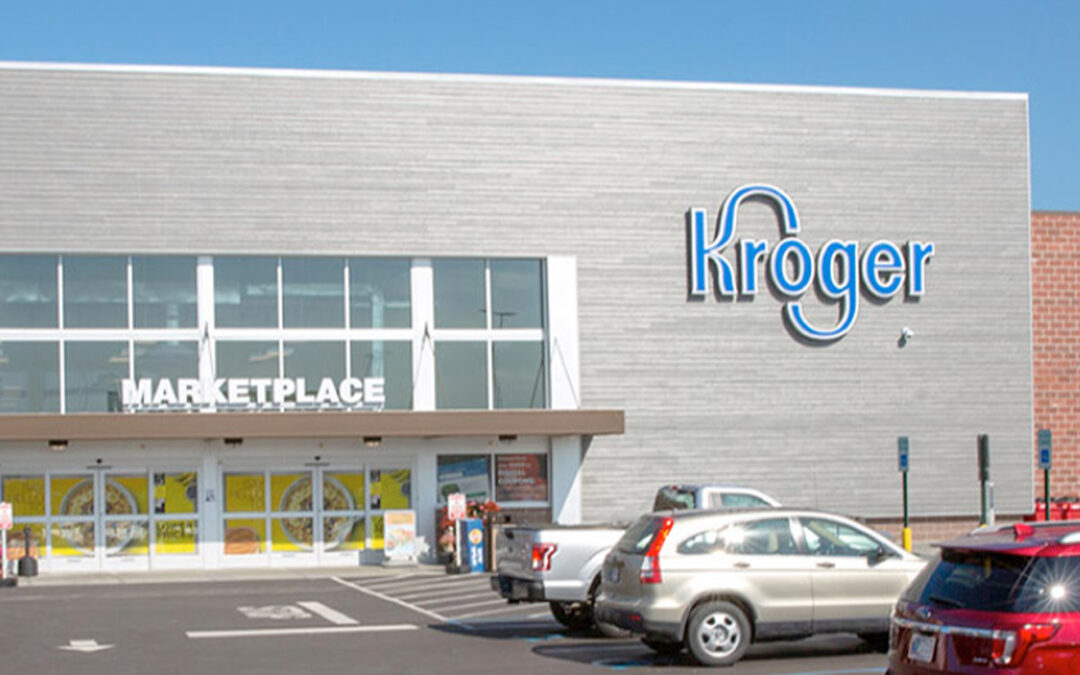The Institute for Supply Management reported economic activity in the services sector, including retail, expanded in November for the 11th consecutive month.
The services Purchasing Managers’ Index registered 52.7% in November. Based on a poll of purchasing and supply executives in the United States, it continues to remain above the 50% level that separates expansion from contraction. The service sector has grown in 41 of the last 42 months, with the lone contraction in December 2022.
In the latest services ISM Report On Business, Anthony Nieves, chair of the organizations Services Business Survey Committee, said, “In November, the Services PMI registered 52.7%, 0.9 percentage point higher than October’s reading of 51.8%. The Business Activity Index registered 55.1%, a one-percentage point increase compared to the reading of 54.1% in October. The New Orders Index expanded in November for the 11th consecutive month after contracting in December for the first time since May 2020. The figure of 55.5% equals the October reading. The Supplier Deliveries Index registered 49.6%, 2.1 percentage points higher than the 47.5% recorded in October. The index remained in contraction territory for the second consecutive month, indicating that supplier delivery performance was faster in contrast to the slowing status in September. In the last 10 months, the average reading of 48.1%, with a low of 45.8 in March, reflects the fastest supplier delivery performance since June 2009, when the index registered 46%.”
Supplier Deliveries is the only index in the Report On Business that is inversed, as a reading of above 50% indicates slower deliveries, which is typical as the economy improves and customer demand increases.
“The Prices Index registered 58.3% in November, a 0.3-percentage point decrease from the October reading of 58.6%,” Nieves said. “The Inventories Index returned to growth in November, registering 55.4%, an increase of 5.9 percentage points from October’s figure of 49.5%. The Inventory Sentiment Index, 62.2%, up 7.8 percentage points from October’s reading of 54.4%, expanded for the seventh consecutive month. The Backlog of Orders Index contracted in November and registered 49.1%, a 1.8-percentage point decrease compared to the October reading of 50.9%.”
Nieves concluded, “The services sector had a slight uptick in growth in November, attributed to the increase in business activity and slight employment growth. Respondents’ comments vary by both company and industry. There is continuing concern about inflation, interest rates and geopolitical events. Rising labor costs and labor constraints remain employment-related challenges.”
Retail Trade was among the 15 services industries reporting growth in November, with the others being Agriculture, Forestry, Fishing and Hunting: Health Care and Social Assistance; Real Estate, Rental and Leasing; Arts, Entertainment and Recreation; Transportation and Warehousing; Utilities; Accommodation and Food Services; Other Services; Management of Companies and Support Services; Finance and Insurance; Public Administration; Construction; Wholesale Trade, and Educational Services. The three industries reporting a November decrease were Information; Mining; and Professional, Scientific and Technical Services.
In contrast, economic activity in the manufacturing sector contracted in November, according to ISM, the 13th consecutive month in a row it did so following a 28-month period of growth.





